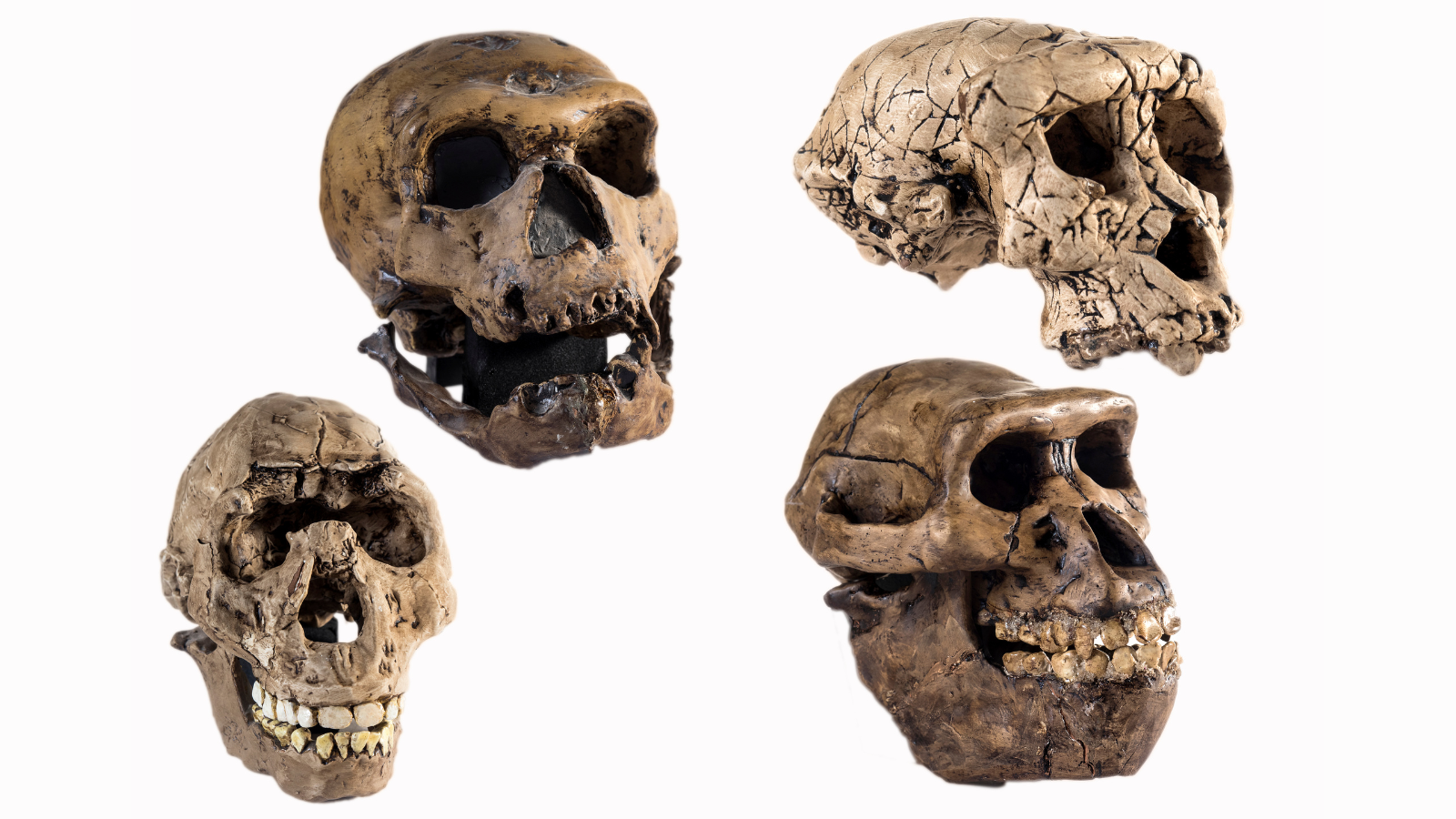Photos: Hidden Monuments Found at Ancient Site of Izapa Kingdom
The Izapa kingdom looks more impressive
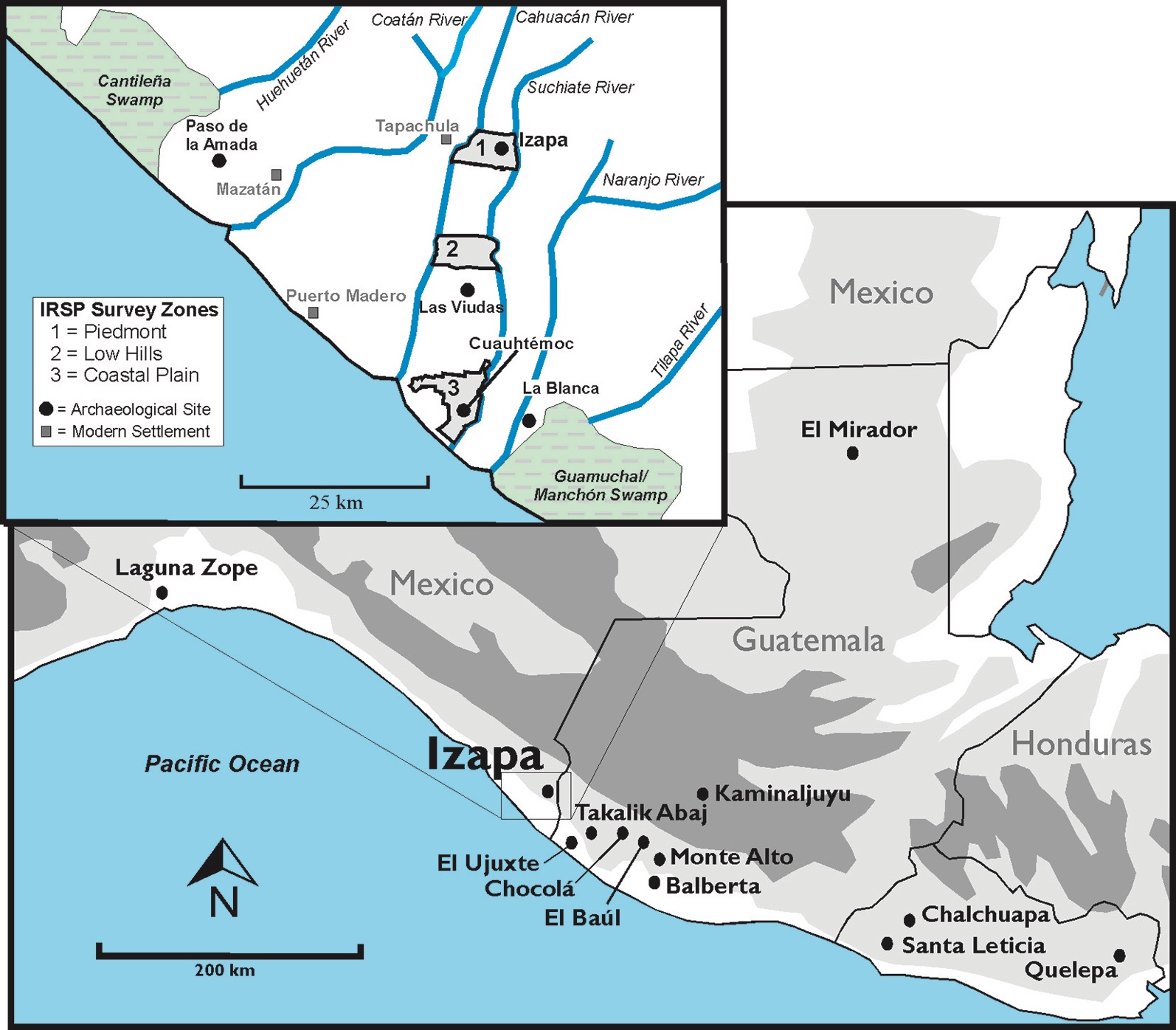
Archaeologists have revealed a network of at least 41 satellite towns surrounding the ancient capital of Izapa in southern Mexico. A lidar surveyed showed that the small settlements all followed the same blueprint, almost like cookie-cutter suburbs.
Famed carvings of Izapa
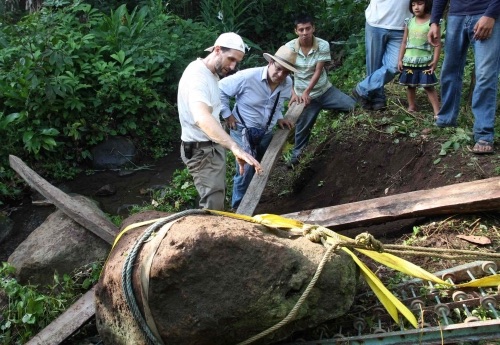
The ancient city of Izapa was the seat of power for a kingdom that existed between 700 and 100 B.C. In this photo, archaeologist Robert Rosenswig (in the backwards hat) works on an excavation at Izapa, uncovering one of the many carved boulders found in the ancient city.
Las Viudas
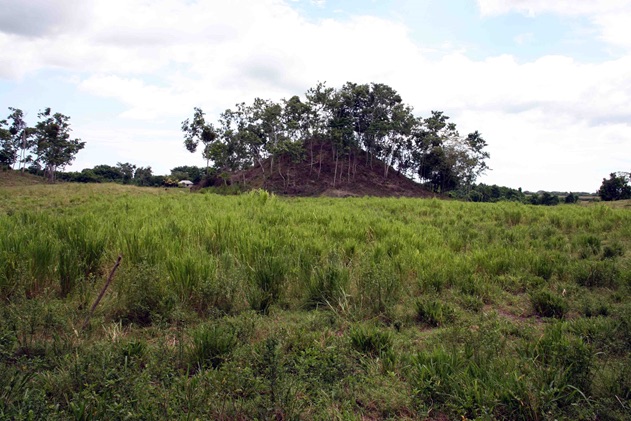
This 60-foot-high mound is located at an ancient site called Las Viudas. Rosenswig wanted to understand how this un-excavated site and others like it were related to the Izapa kingdom.
Izapa’s outlying towns
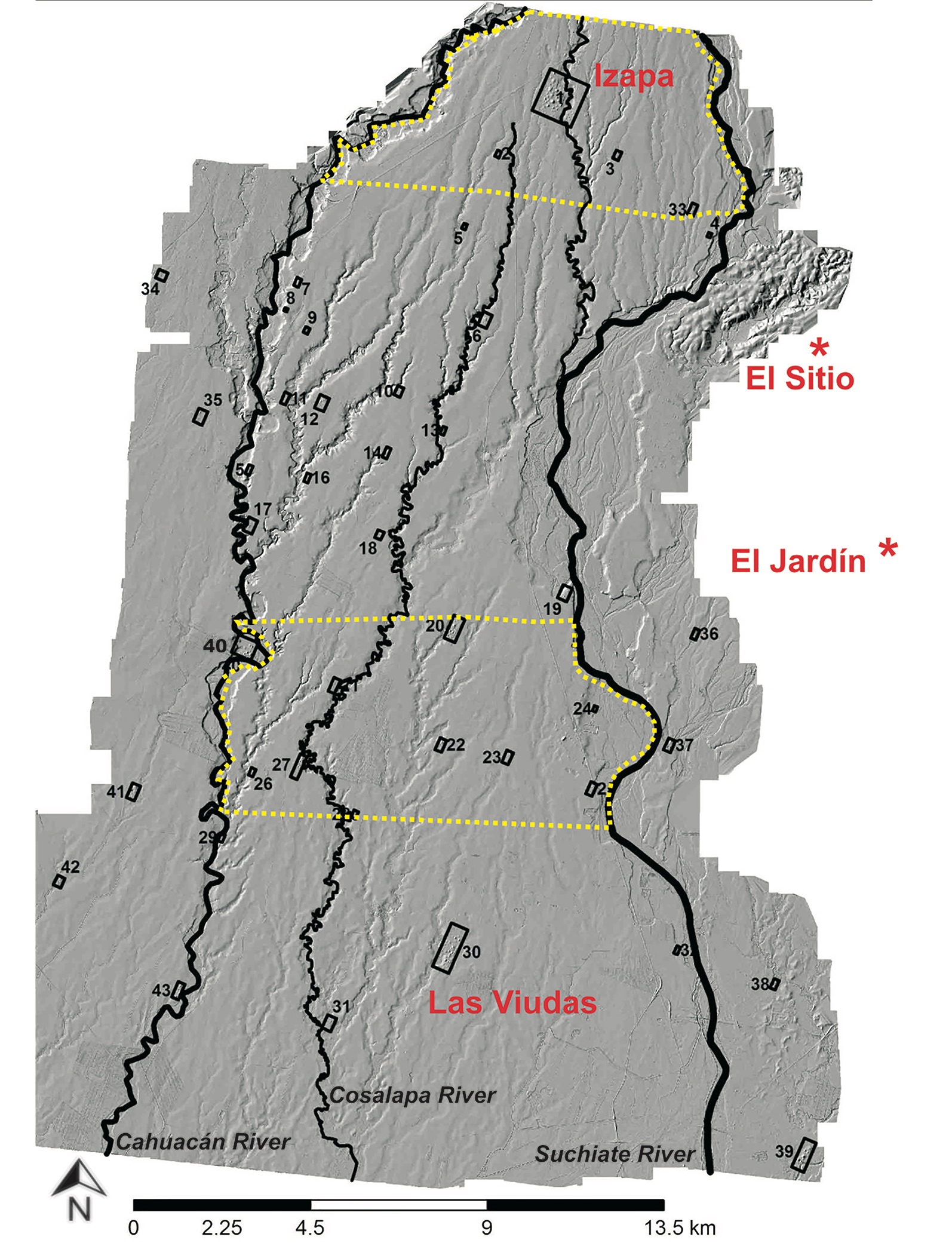
The lidar survey documented 37 settlements in Mexico and four just across the border in Guatemala that were all arranged according to a similar pattern as Izapa.
Las Viudas from above
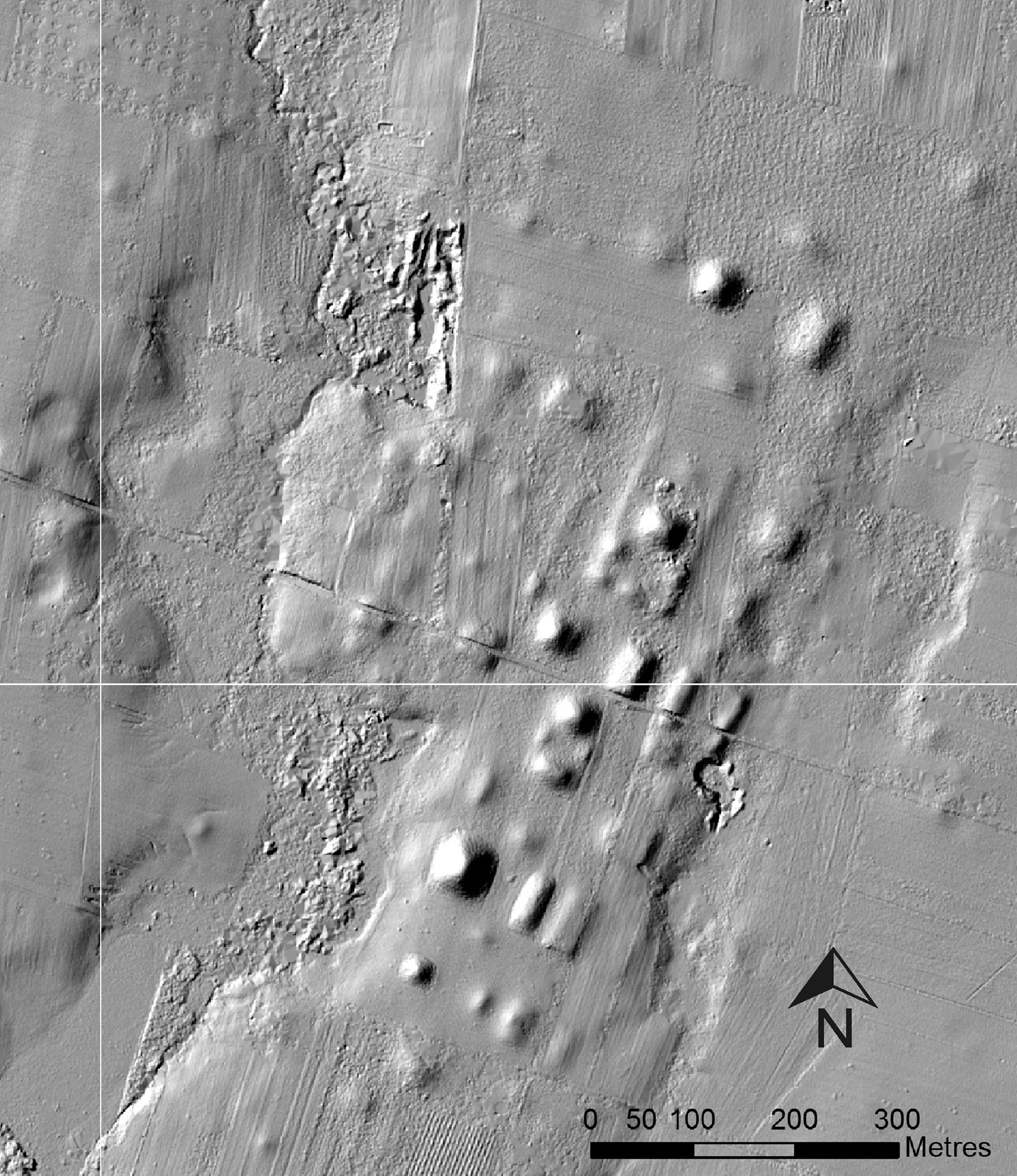
Las Viudas was revealed to be the largest of the secondary settlements in the kingdom.
Hidden patterns

Even the smaller centers followed the same layout for their mounds and plazas, with the most prominent pyramid placed at the north end.
Aligned with nature
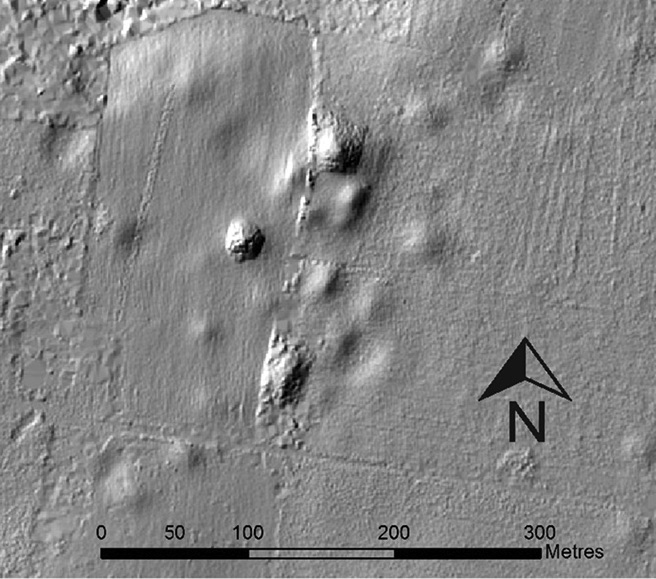
The north-south axis of the towns, like the small one shown here, pointed slightly east, toward the Tacaná volcano.
Get the world’s most fascinating discoveries delivered straight to your inbox.
Izapa’s blueprint
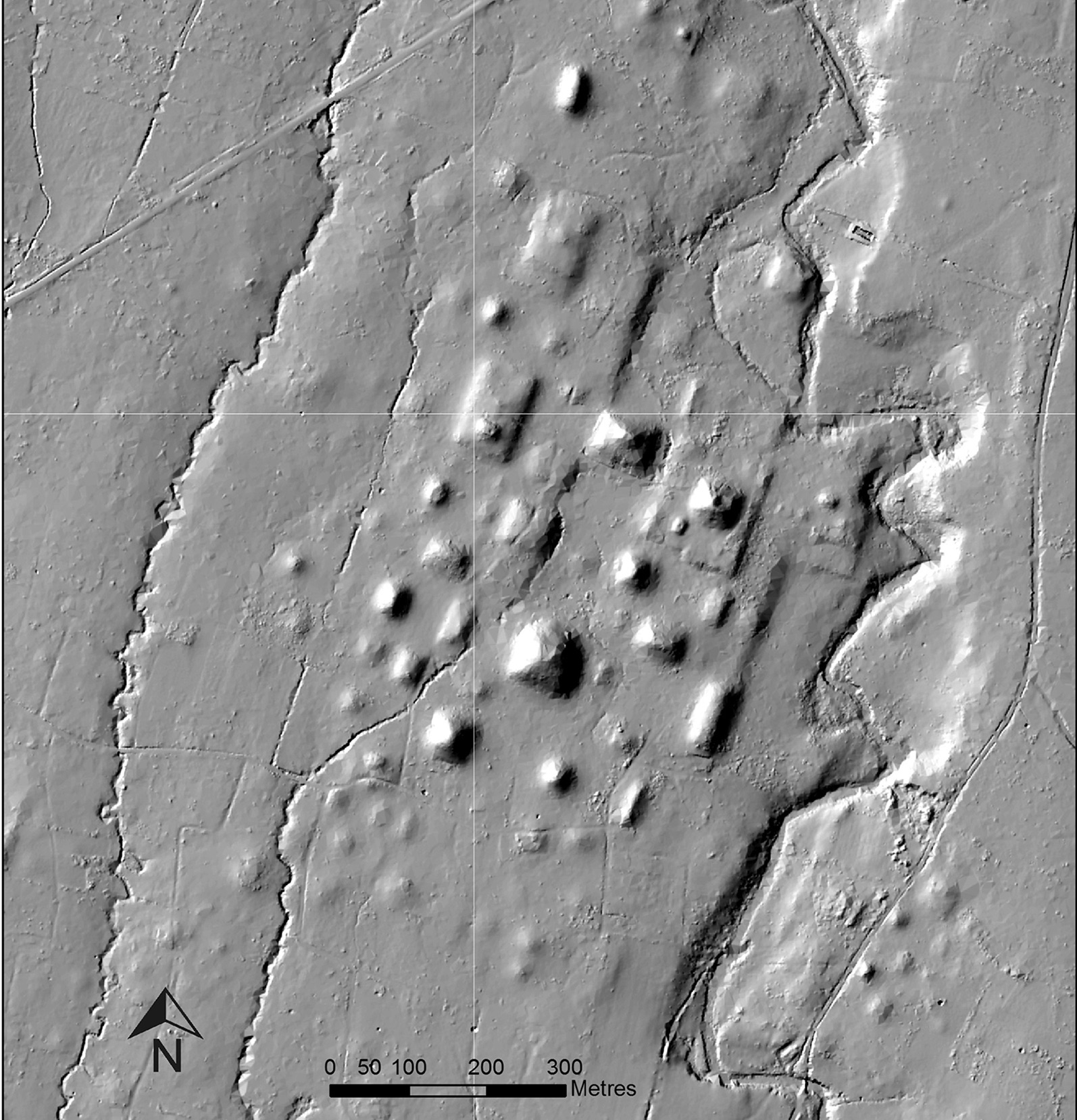
At some point in time, the Izapa pattern of urban design no longer applied to Izapa. The town, shown here, underwent renovations that obscured the original blueprint.



